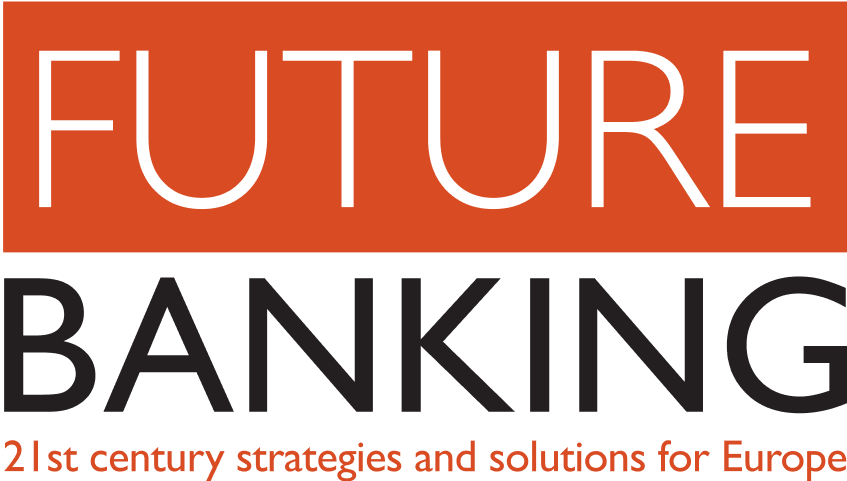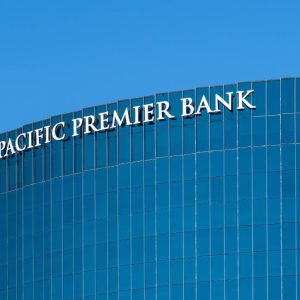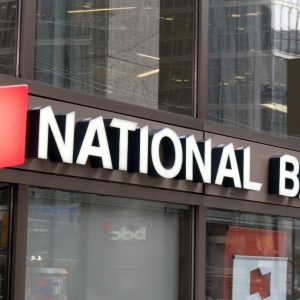
Nasdaq-listed UMB Financial has completed the previously announced $2bn acquisition of Heartland Financial USA (HTLF), a Colorado-based bank holding company.
The deal expand UMB Financial’s asset size to approximately $68bn as of 31 December 2024.
It also increases UMB Financial’s private wealth management assets under management and administration by 32%, while considerably growing its retail deposit base.
Besides, the deal expands the firm’s geographic footprint from eight to 13 states, adding California, Minnesota, New Mexico, Iowa, and Wisconsin to its existing operations in Missouri, Arizona, Colorado, Illinois, Kansas, Nebraska, Oklahoma, and Texas.
It also increases UMB Financial’s banking network, adding 104 branches and 115 ATMs to its existing 93 banking centres and 235 ATMs.
Heartland Financial operates under multiple regional brands. These include Minnesota Bank & Trust, Wisconsin Bank & Trust, Dubuque Bank & Trust, and Arizona Bank & Trust, which will all function as a division of UMB Financial until the banking centres and systems are fully integrated.
The transition is expected to be completed by Q4 2025, after which all Heartland Financial divisions will operate under the UMB Financial name.
Under the terms of the merger agreement, which was originally announced in April 2024, Heartland Financial shareholders will receive 0.55 shares of UMB Financial common stock for each Heartland Financial share.
Former Heartland Financial shareholders will hold a stake of around 31% of the combined entity.
Founded in 1981, Heartland Financial reported $19.4bn in assets, $16.2bn in deposits, and total loans of $12.1bn, as of 31 March 2024.
Headquartered in Kansas City, Missouri, UMB Financial provides commercial banking, personal banking, and institutional banking services, including deposit and lending solutions, wealth management, and corporate trust services.
UMB Financial chairman and CEO Mariner Kemper said: “As the largest acquisition in our company’s history, this new chapter presents a tremendous opportunity to expand our core services and capabilities, while also introducing new communities to our geographic footprint.”






